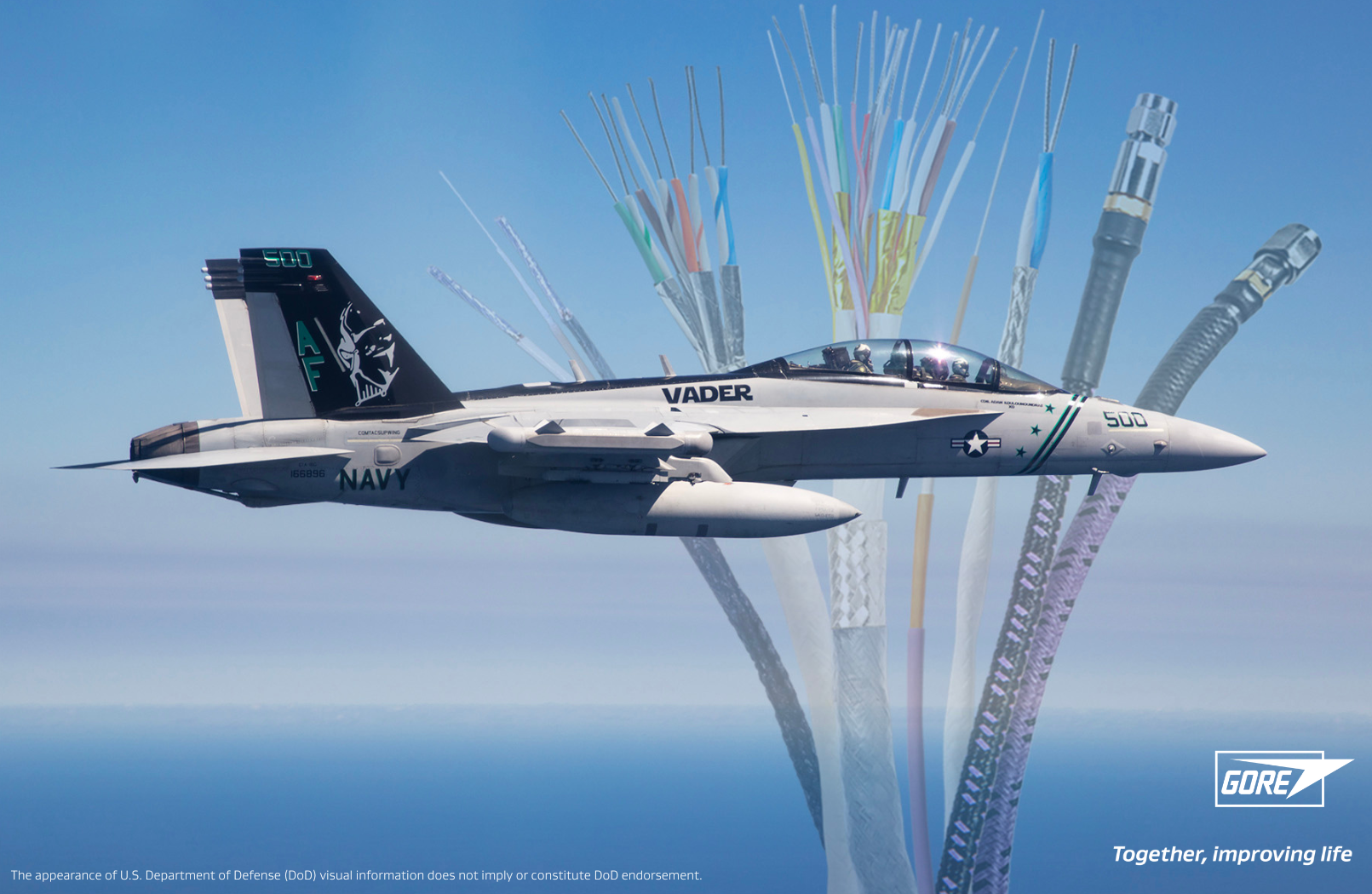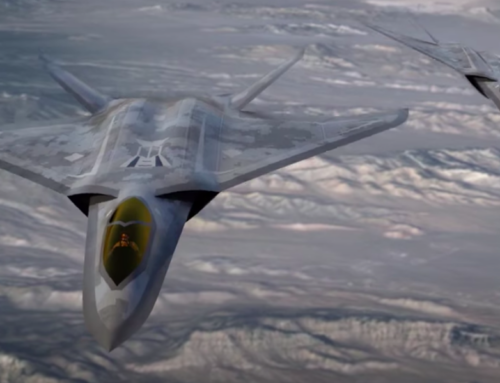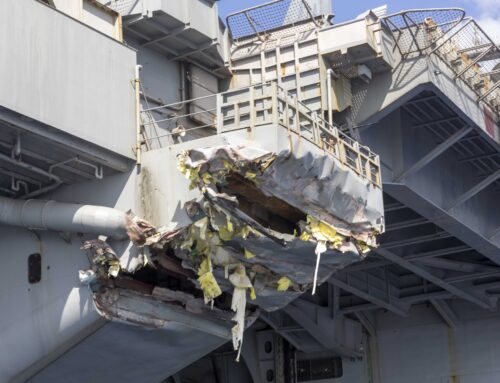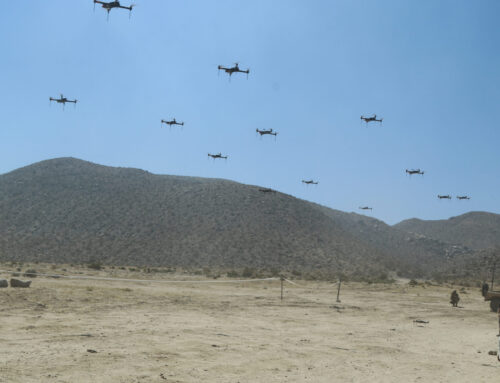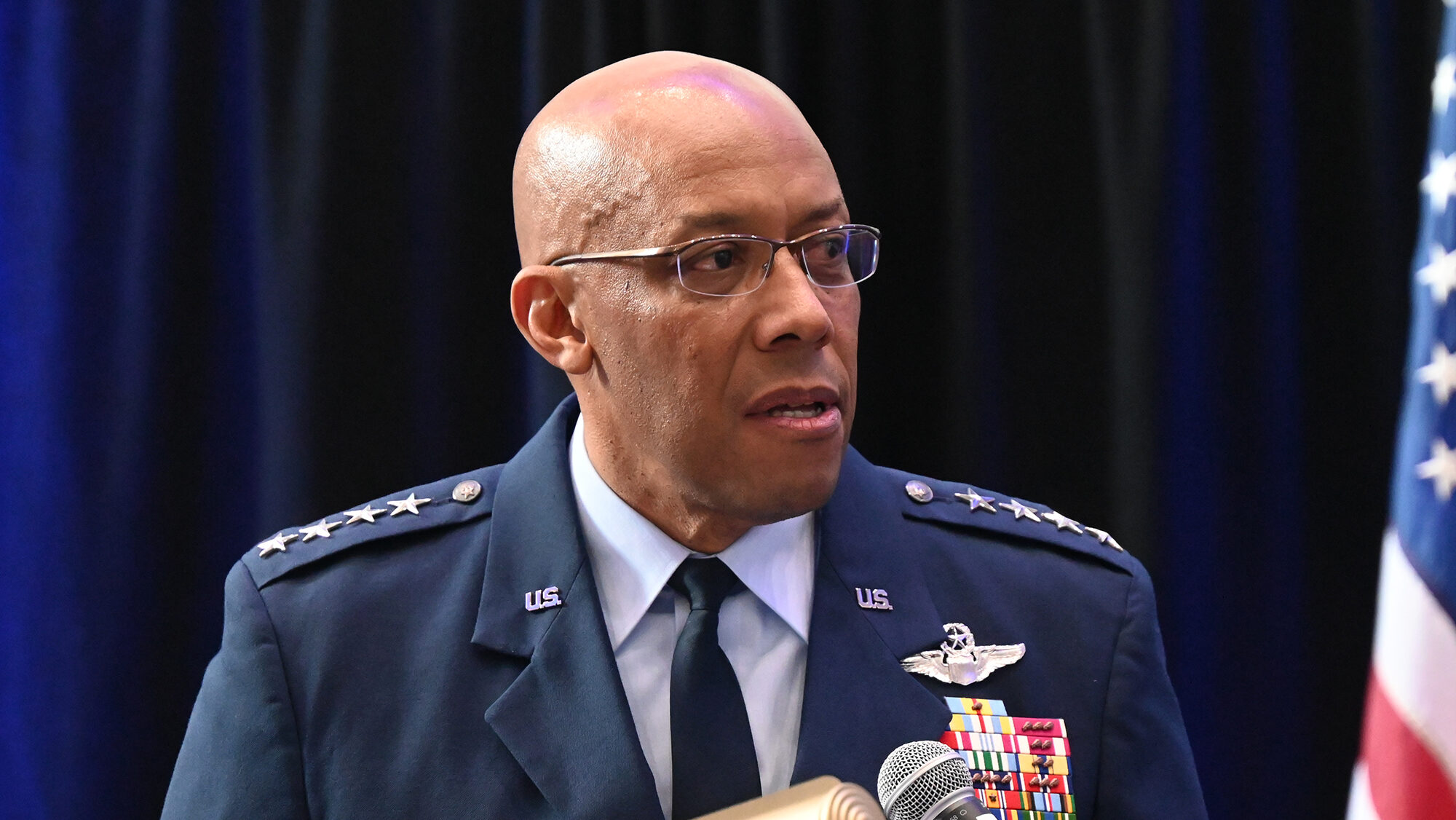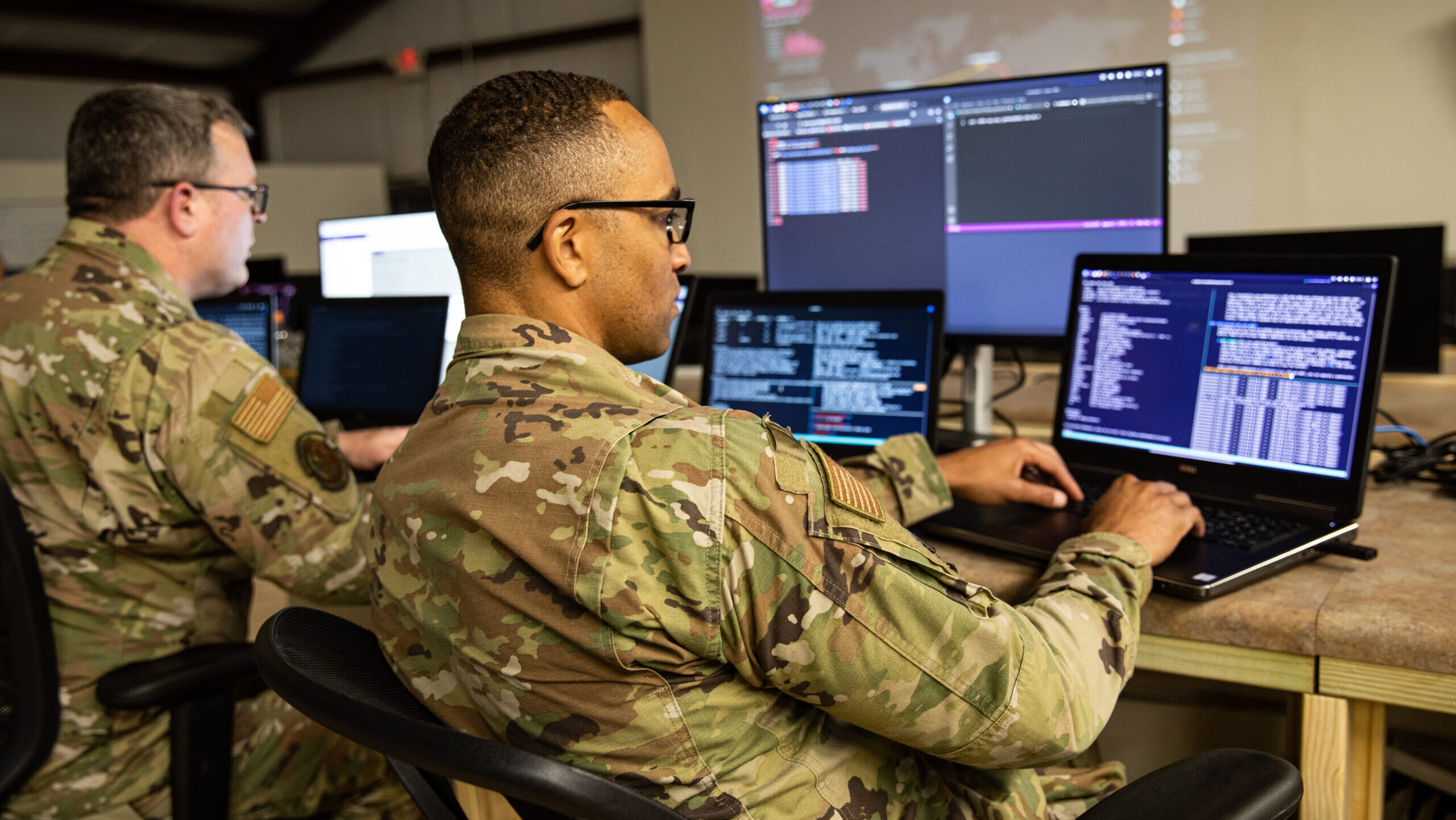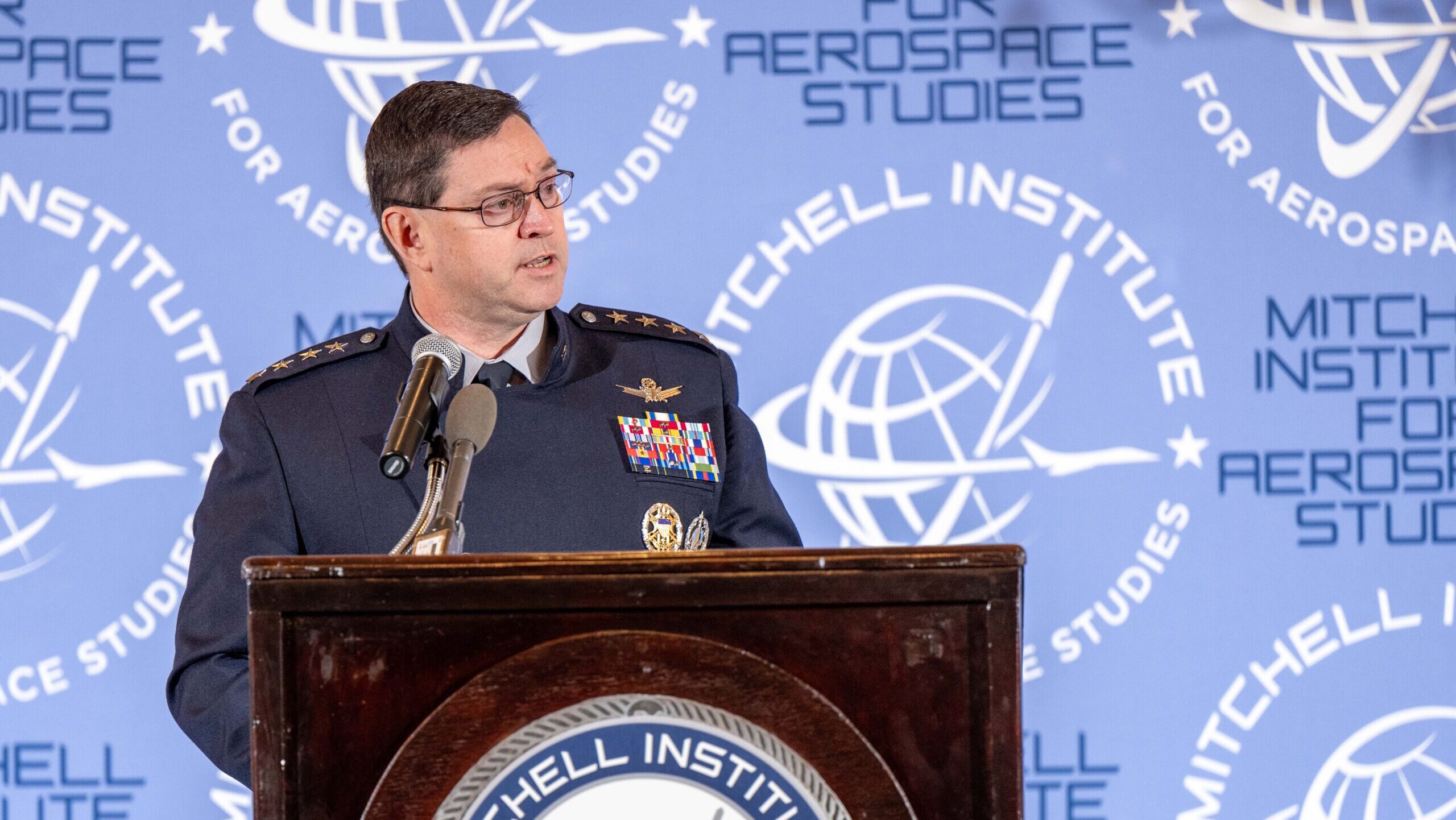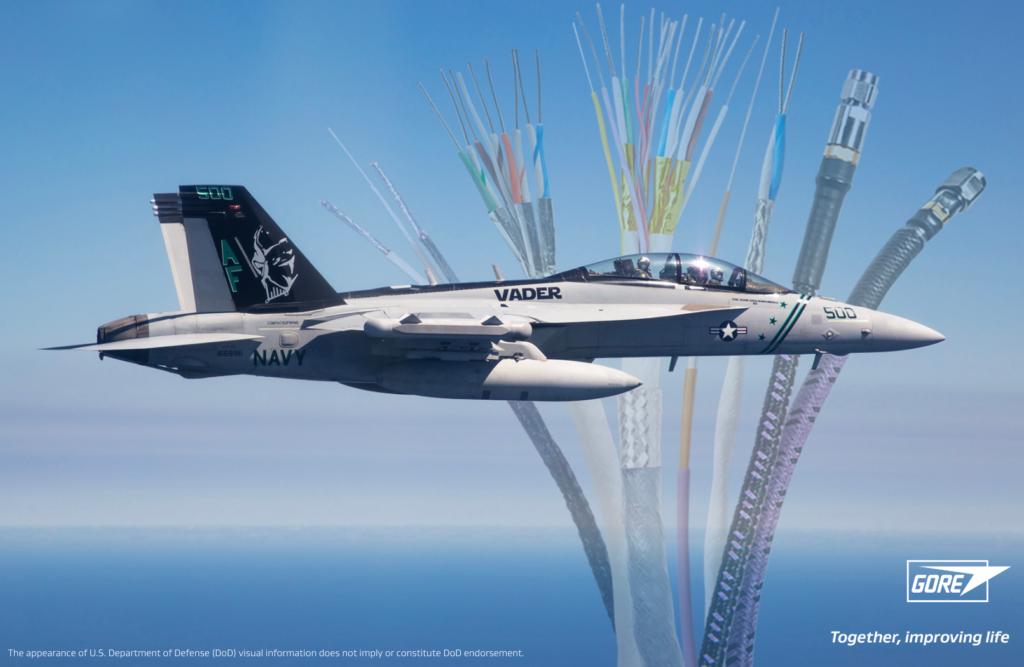 Imagine being tasked with solving the following problem: Find a way to double the traffic capacity on the DC Beltway without decreasing speeds – and please find a way to accomplish this using less highway real estate than currently exists. The ask is seemingly impossible as the infrastructure in place does not allow the current traffic flow to approach posted speed limits! The electromagnetic warfare (EW) community is facing a similar challenge as bandwidth requirements skyrocket and weight and size specifications continue to shrink. Today’s electromagnetic operating environment (EMOE) requires systems that can collect, process, and transmit vast amounts of data and dissipate the heat generated along the way. Basically, future systems need to be the smaller highway that can throughput more cars. Without the material science advances required to achieve the bandwidth and light-weight requirements needed for future manned and unmanned systems, the U.S. and its allies will be at a disadvantage in attaining spectrum superiority.
Imagine being tasked with solving the following problem: Find a way to double the traffic capacity on the DC Beltway without decreasing speeds – and please find a way to accomplish this using less highway real estate than currently exists. The ask is seemingly impossible as the infrastructure in place does not allow the current traffic flow to approach posted speed limits! The electromagnetic warfare (EW) community is facing a similar challenge as bandwidth requirements skyrocket and weight and size specifications continue to shrink. Today’s electromagnetic operating environment (EMOE) requires systems that can collect, process, and transmit vast amounts of data and dissipate the heat generated along the way. Basically, future systems need to be the smaller highway that can throughput more cars. Without the material science advances required to achieve the bandwidth and light-weight requirements needed for future manned and unmanned systems, the U.S. and its allies will be at a disadvantage in attaining spectrum superiority.
Gone are the days when electronic warfare consisted of a joint restricted frequency list and the noise jamming of steady, single-frequency early warning radars. Successful electromagnetic spectrum operations (EMSO) must now contend with a congested, contested spectrum that includes adversary systems with pulse-to-pulse frequency and pulse width modulations that are much harder to identify and defeat. As we are seeing in the Ukraine conflict, the ability to gain and maintain electromagnetic spectrum (EMS) superiority will play a major role in a nation’s ability to succeed in operations across all warfare domains, and EW systems and operations can no longer afford to be an afterthought.
From the Vietnam War through operations in support of the global war on terror, EW planning did not receive the same level of priority as the air-to-air and air-to-ground mission planning. When commanders devised operational plans and execution orders to conduct in-depth operations through complex integrated air defense systems, they relegated the integration of U.S. and allied EW capabilities to a limited number of experts who had studied the spectrum and knew how to use it to our advantage. However, as warfare has evolved in the 21st century, adversary capabilities across the EMS have forced the U.S. and our allies to revisit what EW capabilities we need and how we integrate them into the platforms and systems that we acquire.
Realizing the importance of EW, in the October 2020, the U.S. Department of Defense (DoD) released the Electromagnetic Spectrum Superiority Strategy, which includes the need to develop superior EMS capabilities. Specifically, the strategy tasks the department to leverage and adapt commercial technologies and to collaborate with commercial companies to leverage the innovation and experience those companies offer in their fields of expertise. This is a potential game changer and extremely advantageous way to solve difficult problems, such as those encountered in the development of new, agile EW systems. Many of these companies, including W. L. Gore and Associates (Gore), are non-traditional defense companies and bring a wealth of talent and capabilities to the development cycle. For example, Gore is a materials science company that uses its current and advanced materials expertise to develop and design lightweight, high performance cables that provide system performance enhancements and weight savings. Including the non-traditional companies early in the design cycle allows the large defense ecosystem to leverage those capabilities in system trades. Whether it’s a cable, thermal material, or other capabilities, bringing this expertise into the fight can be a huge advantage. In this process, the integration of cables and connectors, and the ability to dissipate heat from high performance systems, should be included in the base designs. Just as the USG has realized the importance of integrating EW into the early planning process, Gore believes that the program offices and prime contractors would benefit from incorporating commercial companies with a history of material science expertise into their early planning and designs.
For more than 60 years, Gore has partnered with the U.S. government, allies and partners, and the defense industrial base to anticipate the next revolution of aerospace and defense technology. Gore invented the flexible microwave assembly in the 1970s and, in cooperation with government and industry partners, solved seemingly intractable challenges by advancing the boundaries of material science and reliable performance. Welcoming the challenge to innovate, the team continues to create reliable material science solutions that will help ensure future EMSO systems keep pace with the rapid proliferation of threats.
Similar to how operational planners historically added EW at the end of planning, acquisition teams often do the same for the wire and cable associated with EW systems. Often thought of as a commodity, the cabling is often purchased on a lowest cost, technically acceptable basis, focusing on program expenditures instead of lifetime costs. In the emerging EMOE, technically feasible must rise to a new level. When survivability is measured by detection ranges and response times, every decibel is critical.
The question remains as to how to translate this imperative into successful, high-performing, cost-effective programs.
Gore innovators and engineers have combined for over 3,500 patented inventions, including advanced cables and assemblies. These products have an esteemed track record of succeeding in harsh environments, from supersonic flight to low-earth orbit to Mars and beyond. Less well-known, but equally impressive is Gore’s applications expertise, which provides the appropriate technology for specific requirements like EMSO.
Gore is currently supporting multiple programs to upgrade the EMSO capabilities of fourth-generation aircraft, with these enhancements further improving their survivability. Contributing its materials science and cabling expertise, Gore plays a key role in many current and future aircraft and systems. Our fiber optics capabilities and high-speed, lightweight copper-based data solutions are found across many U.S. Army and U.S. Air Force platforms. For each program, Gore provides engineering and scientific expertise to meet the requirements needed for the future fight. The combination of performance, durability, and lighter weight ensures that our aircrew have the performance they need. The need for a smaller, faster highway is not going away, and designs should focus on building digital backbones that won’t need to be replaced in 5 or 10 years due to the demand for more speed.
The next generation of EW systems will require even more system integration. Collaborative Combat Aircraft will require more capabilities in a smaller airframe, and the Next Generation Air Dominance and F/A-XX programs will test the limits for power generation. Both issues will require material science advancements and innovations. We believe in our ability to design innovative solutions for EW systems that will have the bandwidth and durability to meet the needs of the next-generation warfighter. W. L. Gore and Associates stands ready to partner on future programs to find success in this critical endeavor to protect assets and save lives.
Learn more about Gore and how material science innovations are shaping the future of EMSO and ensuring mission success.


